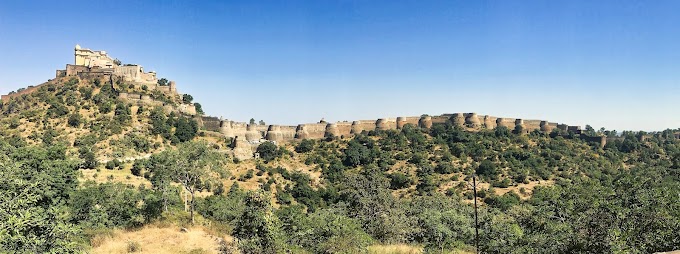Based on the article found at the BFRO.
Sasquatch footprints have fascinated researchers for decades, providing key insights into the creature's movement and gait. However, measuring the stride length of Sasquatch comes with its challenges. One common issue is the inconsistency in how step length is measured. Many records are unclear on whether the measurement was taken from the toe of one foot to the heel of the next, or from the same point on both feet—a detail that can lead to underreporting the actual step length.
In addition, trackways of Sasquatch often show short steps due to walking, while longer strides from running are much harder to capture, especially in the dense forest terrain they inhabit. Interestingly, a Sasquatch’s "stride" refers to three sequential steps, which helps researchers better measure the width and angle of the trackway.
Understanding Sasquatch Step Length
Most recorded footprints are made when no human observer is present, representing the animal's most economical and natural gait. These footprints give us insights into the favored step length of Sasquatch. Among 297 collected records, the mean step length for Sasquatch footprints is about 5 feet (152 cm). This provides a conservative estimate, as longer strides—often seen during running—are rarely captured.
For comparison, the Sasquatch in the famous Patterson film took 85 steps per minute. Given its step length of 70 inches, this amounts to a walking speed of around 5.7 mph (9 km/h). This walking speed is consistent with other data points, suggesting that Sasquatch, while walking, moves at a pace similar to its step length in feet.
Sasquatch’s Unique Gait Characteristics
One of the most fascinating aspects of Sasquatch gait is how different it is from human walking. Sasquatch exhibits a "compliant walk," meaning its body has less vertical movement during each step. The creature also maintains prolonged ground contact with its feet, bending at the hips and knees—a posture that has been frequently observed and described as graceful and smooth, almost as if gliding.
Eyewitnesses often describe the Sasquatch's movement as fluid, comparing it to riding a bicycle or cross-country skiing. This bent-hip, bent-knee gait, which minimizes vertical oscillation, has even been proposed as a walking style for Australopithecus afarensis, an early human ancestor, though no connection to Sasquatch was made in those studies.
Sasquatch Running Speed and Energy Efficiency
While walking seems to be the primary mode of locomotion for Sasquatch, running is another story. Reports of running Sasquatches are much rarer, as these creatures appear to run only when necessary, such as when quickly seeking cover. Researchers estimate that Sasquatch reaches its walking-to-running transition speed at around 5.6 mph (9 kph)—the same speed at which humans begin to shift from walking to running.
Interestingly, Sasquatch appears reluctant to run, likely due to the energy expenditure required. Scaling formulas based on body weight estimate that a Sasquatch's transition to running occurs at around 14 mph (22 kph), with a cadence of 120 steps per minute.
How Fast Can Sasquatch Run?
While there have been no reliable, tracked recordings of Sasquatch running at top speed, many casual reports from witnesses describe Sasquatches keeping pace with vehicles moving at high speeds. Some speculate that Sasquatches are capable of reaching burst speeds of up to 35 mph (56 kph), close to that of a galloping horse.
To put this into perspective, humans have a top running speed of about 27 mph (43 kph), and the world record walking speed is approximately 11 mph (18 kph). With its larger physique, Sasquatch’s running capabilities could far exceed our own, making it a powerful and efficient mover, especially in its natural forest environment.
Conclusion: Gait as a Window into Sasquatch Movement
The gait of Sasquatch provides us with valuable insights into its behavior, anatomy, and locomotion. With a slow, fluid walking style and a long stride, Sasquatch moves with remarkable efficiency. While running is rarer and more energy-intensive, it remains a fascinating area of study as researchers continue to collect and analyze data on this elusive creature.
From its unique compliant walk to the potential for astonishing speeds, Sasquatch’s gait reveals much about the creature, leaving us eager for more evidence and understanding of its physical capabilities.






0 Comments